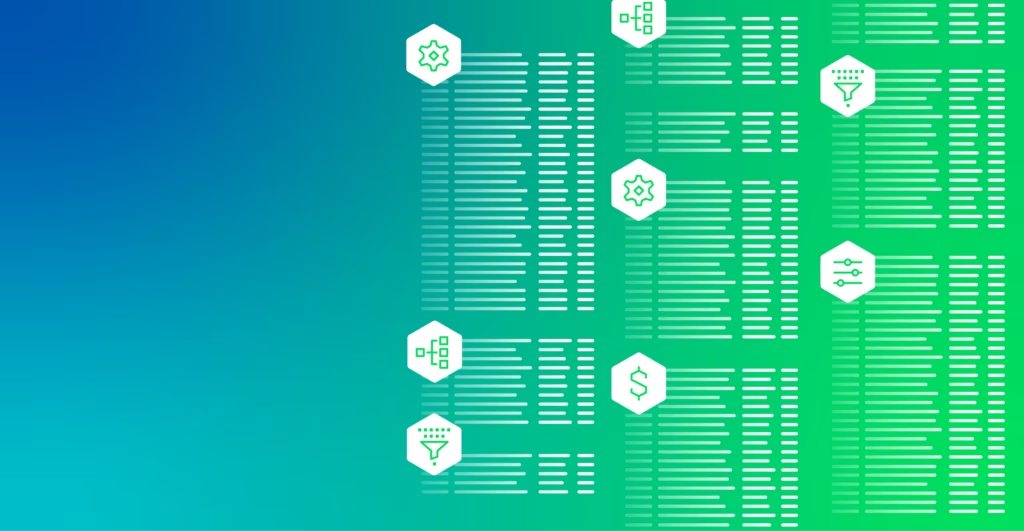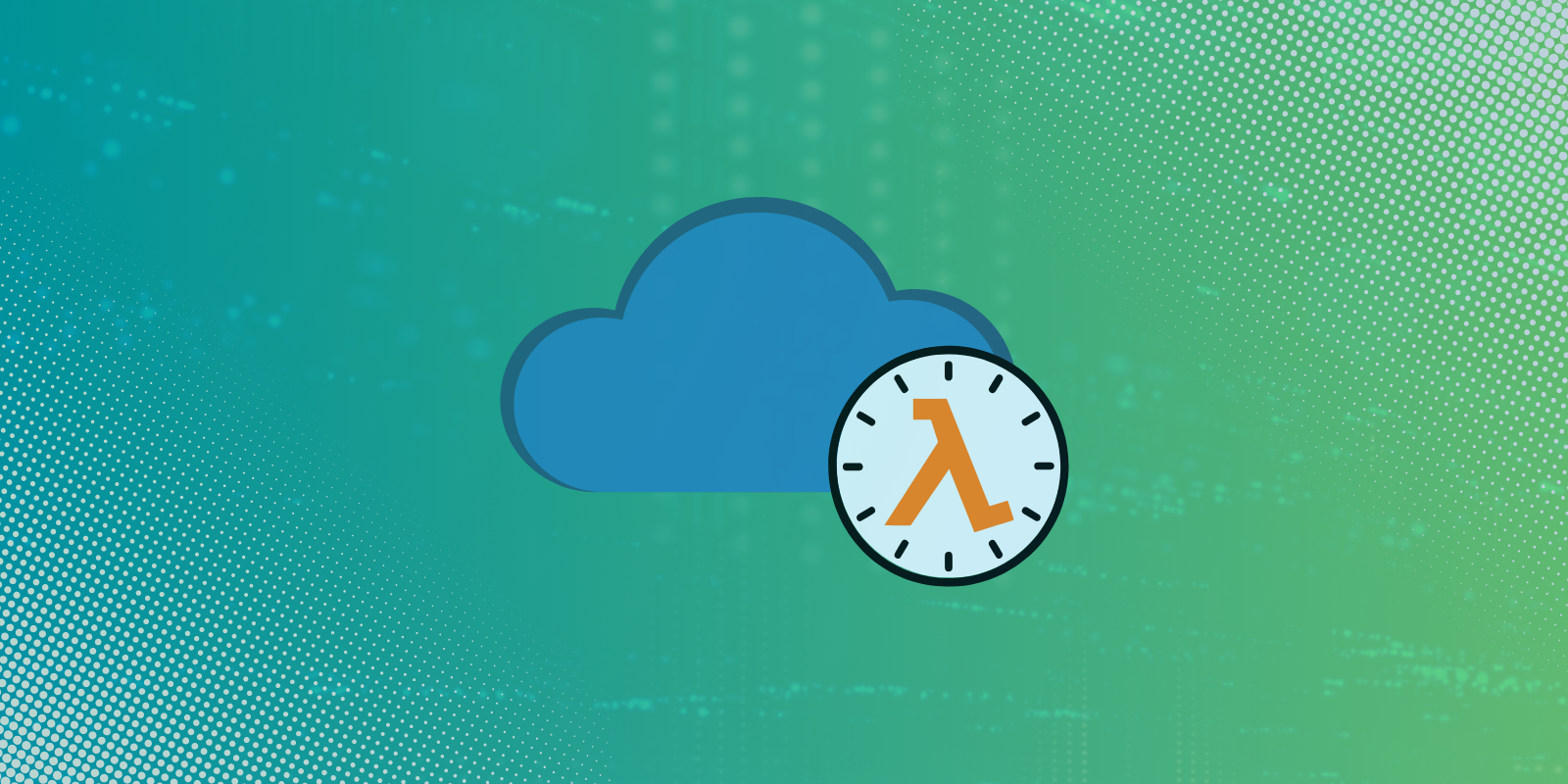Log management is crucial for gaining complete visibility into your infrastructure, applications, network resources, and devices. It provides context when things go wrong, which is crucial in maintaining a system. However, modern applications and distributed architectures generate more logs, making observability more challenging.
Data growth is challenging because most monitoring and log management platforms were architected in a previous era when log volumes were smaller. Using these same tools today results in high costs and poor performance.
If you’re dealing with high-volume logs, you’ll need to know the best practices to ensure observability doesn’t become cost prohibitive. This article covers methods on how to manage logs in large quantities.
Key Takeaways
- As organizations adopt cloud and microservices-based architectures, they create more logs, which makes analyzing them more expensive.
- Implementing cost-reduction practices when managing logs with high volumes is crucial for ensuring ongoing visibility.
- Edge Delta provides a cost-effective log management solution that doesn’t compromise visibility into logs.
Ways to Handle High Volume Logs 101: Best Practices
Before diving into the practices, it’s crucial to understand how high-volume logs are generated, and it’s usually due to the following:
- Digital-First Experiences: Nearly every company is a software company nowadays, with more businesses offering digital experiences to their customers. As a result, companies are creating more log data than ever before.
- Distributed Architecture: Systems or applications with microservices-based architectures generate more logs since they have more components and interactions.
- Lack of Log Rotation: Log rotation policies remind users when to archive or compress old logs. Without implementing these policies, logs will pile up and become more challenging to manage.
- Granular Log Nature: Some log files contain too many details. As a byproduct, organizations are storing (and paying for) large amounts of data – of which only a small part is actually useful.
Managing high-log volumes involves implementing some practices for efficiency. Here are effective methods for handling high-volume logs:
1. Standardizing Log Levels
Log levels help classify your data based on significance and type. Standardizing log levels is crucial to improve the organization’s log management. The standard log levels used by organizations are:
- TRACE – granular data for debugging
- DEBUG – data related to issue diagnosis
- INFO – data on operations and general information
- WARN – data on potential issues
- ERROR – data on issues that have happened in the system
- CRITICAL – data on critical issues that can cause a system failure
With standardized log levels, voluminous logs will become more manageable. Once your logs are classified in this manner, it becomes easier to move different subsets of logs to their optimal location.
For example, you may want to…
- Turn DEBUG logs off (until you need them) to control costs in your log management platform
- Move INFO logs to a low-cost log search platform to avoid paying a premium for data that won’t be used for real-time monitoring
- Centralize WARN, ERROR, and CRITICAL logs in full fidelity to ensure your team has access to everything they need to investigate issues.
2. Managing Log Collection and Routing from a Centralized Location
Centralizing all your logs in a traditional log management platform can quickly drive up costs. Moreover, as teams adopt different mechanisms for collecting logs and different analytics platforms – your logging architecture can quickly become complex. This makes it hard to understand:
- What you’re logging
- Why you’re collecting those events
- How those events are used
- The best platform to route them too
With a central control plane, like an observability pipeline, you can see all your sources and route data to the optimal destination based on how it’s used and your desired cost-efficiency.
3. Extracting Metrics from Your Log Data
Often, engineering teams centralize log data in an observability platform only to process those logs downstream and populate real-time monitoring dashboards. With observability pipelines, you can flip this process on its head, processing your logs as their creating.
For example, maybe you want to track the rate of 400-level status codes in your application. With an observability pipeline, you can create that metric before you pay a premium to index the underlying log data. Handling this upstream can help you reduce costs by 90%+.
4. Reducing the Verbosity of Log Entries
Observability platforms typically charge based on the volume of log data you index in the tool. Teams often create logs that contain information with little analytical value. This not only creates noise, but drives up your bill.
There are multiple ways to reduce the verbosity of your loglines to drive more efficiency downstream. Of course, you can alter your logs at the code level. You can also use an observability pipeline to obfuscate or mask excessive fields in your logs.
This can help reduce costs while preserving the information your team needs for monitoring and troubleshooting.
5. Adopting Multi-Vendor Data Tiering
Earlier, I mentioned that not all data belongs in a premium log management platform. For example, some data might only be used to support keyword searches or other basic aggregation queries. Other data might only be needed for compliance.
By adopting a multi-vendor data tiering strategy, you can combine best-of-breed platforms to optimize costs based on how you use log data. To get started, you’ll want to determine who uses each dataset and how they use it. From there, you can divide data into multiple tiers and move it to the optimal destination.
Logging Cost Optimization and Its Downsides
Implementing log cost optimization techniques is crucial to reducing costs. However, there are other techniques that can negatively impact the analytical value of your data. Here are some of them:
| Log Cost Optimization | How it Saves Log Costs | Possible Downside |
|---|---|---|
| Log Sampling | Selecting only specific data for analysis, assuming that it reliably represents most of the data. | Missing significant data for analysis. |
| Dropping Events | Choosing which data to ingest/index and which to ignore. | Discarding valuable data due to wrong value assessment. |
| Suppression | No more than N copies of this data type are delivered per unit of time. | Blindspots get bigger as you start creating more data. |
Reducing Log Management Cost with Edge Delta
While logging cost optimization techniques reduce costs, they can affect the insights you get from logs. Fortunately, Edge Delta’s observability pipelines and cost-effective log management solution solves these downsides. With Edge Delta, you can:
Process all logs at the source.
Rather than manually or randomly selecting which logs to index, Edge Delta analyzes them at the source upon generation. As a result, you’ll get a summary of logs compressed into patterns and insights for analysis. This approach reduces log volume without leaving anything behind. Edge Delta’s distributed architecture provides cost-effective log management, crucial for handling high-volume logs.
Capture the right data in the right shape.
Edge Delta helps you understand what’s helpful in every log and control over their size and shape. As a result, you can transform, enrich, and reduce logs upstream to optimize both their cost efficiency and analytical value.
With these features, you can enjoy the following benefits:
- Real-time log analysis
- Complete indexing control
- Enhanced log-based insights
Overall, Edge Delta’s solution reduces log management costs with better visibility and fewer compromises.
Contain costs even as you scale.
Edge Delta’s log management backend is optimized for today’s data volumes. As a byproduct, you can store and search any volume of data without breaking your budget. Edge Delta is roughly 5x more cost-efficient than other leading providers.
Conclusion
Managing high-volume logs can be challenging and expensive. Implementing the best practices mentioned earlier can help reduce log volume and costs. While logging cost optimization solutions can be used, they impact the insight quality generated from logs.
Edge Delta’s approach to log management offers a cost-effective solution to these challenges without compromising the insight quality. It’s an excellent way to maximize log analysis without missing anything and overspending.
FAQs on Managing High-Volume Logs
What causes high-volume logs?
High-volume logs primarily come from the complexity or number of components in an app or system’s architecture. As it offers more interactions and components, it also generates more logs. Other causes of high-volume logs are more traffic/application usage, the lack of log rotation, and overly-detailed logs.
Why is log management important?
Log management is crucial because it helps clarify what’s happening within a system. Logs are essential for IT teams to diagnose system issues. They also improve the mean time to detection (MTTD) and the mean time to resolution (MTTR) for bugs, security issues, etc.
What is the primary purpose of log monitoring?
Log monitoring maintains visibility into cloud-native infrastructures. With log monitoring, IT teams can quickly respond and solve incidents. It also helps teams to discover potential issues and solve them before they affect end users.






